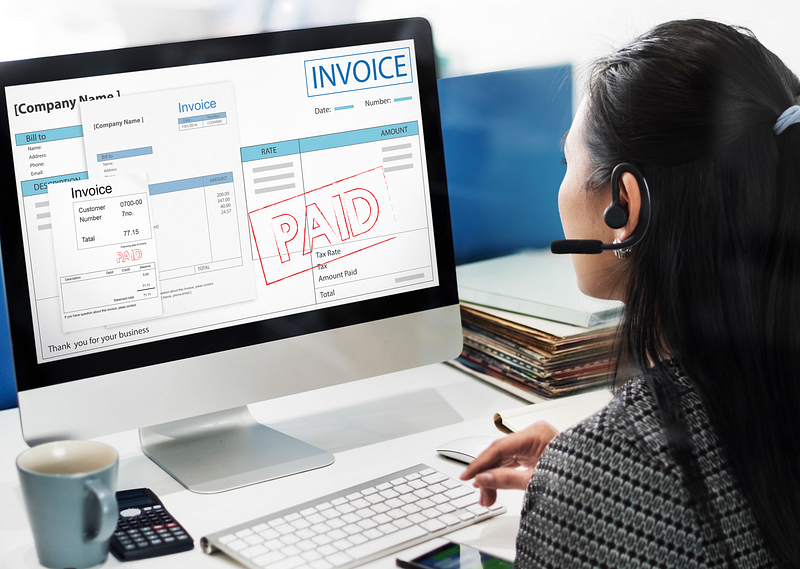Discover how to build a profitable ABA practice by protecting revenue at the source — through compliance, automation, and the right systems. Learn how smart practice management software safeguards income and streamlines operations.
Introduction
Profitability in ABA isn’t just about seeing more clients — it’s about protecting the revenue you’ve already earned. Far too often, clinics lose thousands to preventable issues: denied claims, expired credentials, unbilled sessions, or unpaid copays.
That’s why profitable ABA practice management starts with systems — not just strategy. This blog explores how to build workflows that protect every dollar and how the right tools make profitability a built-in outcome.

Where Clinics Lose Revenue (And Don’t Even Know It)
Even busy clinics can struggle to stay profitable. Why? Because hidden inefficiencies eat into margins:
- Sessions scheduled with expired staff credentials
- Services delivered outside authorization timelines
- Claims denied due to incomplete documentation
- Copays and coinsurance left uncollected
- Staff spending hours on manual admin instead of client care
Each of these adds up — and most are avoidable with the right ABA practice management software.
What Makes ABA Practice Management Profitable?
It’s not just about reducing costs. Efficient ABA practice management improves profitability by:
- Reducing claim rework
- Minimizing billing lag
- Eliminating non-billable sessions
- Preventing documentation gaps
- Reducing staff time spent on manual processes
The right platform ensures compliance by default — freeing your team to focus on clients, not corrections.

Essential Revenue-Protecting Systems for ABA Clinics
To operate profitably, your software should include:
1. Credential-Based Scheduling
Auto-blocks staff with expired CPR, TB, or licensure from being scheduled. Prevents claims from being voided later.
2. Real-Time Authorization Management
Tracks units used, remaining, and scheduled — ensuring every appointment fits payer-approved limits.
3. Integrated Claims Automation
Builds claims directly from session data, CPT codes, and payer configurations — reducing manual entry and submission delays.
4. Copay and Client Responsibility Tracking
Lets you invoice, track, and follow up on balances due — keeping your revenue predictable and visible.
5. Audit-Ready Documentation Workflows
Ensures every note, signature, and timestamp is in place before billing. Protects you from payer audits and retroactive clawbacks.
Together, these tools shift clinics from “reactionary” to revenue-optimized.
Why Generic Tools Undermine Profitability
Many clinics try to save money by using general EHRs or patchwork scheduling and billing systems. But the costs of these “savings” include:
- More denials
- More staff time chasing fixes
- Missed revenue from overlooked services
You don’t need more software — you need ABA software that does more by default.
Case Study: Protecting Revenue with Integrated Tools
A multi-site clinic using disconnected systems had:
- Over $20,000 in delayed billing from missing session notes
- 17% of claims denied due to expired authorizations
- Staff manually verifying credentials weekly
After switching to an all-in-one ABA management software platform:
- Denials dropped by 80%
- Cash flow became weekly instead of monthly
- Admin hours were redirected to growth-focused tasks
They didn’t just improve systems — they built profitability into their operations.

How to Choose Tools That Drive Profitability
When evaluating software, ask:
- Does it enforce credential and authorization rules before sessions happen?
- Are claims generated automatically from session data?
- Can staff instantly see outstanding client balances?
- Is documentation complete before billing is allowed?
- Does the system notify us before expirations or compliance issues?
If the system doesn’t prevent revenue loss, it’s not built for profit.
Conclusion
Profitable ABA practice management isn’t about cutting corners — it’s about enforcing best practices through smart systems.
With the right platform, your clinic can:
- Eliminate billing gaps
- Reduce rework
- Protect against audits
- Collect payments faster
- Focus on care, not corrections
That’s not just efficient. That’s sustainable profit.
FAQs
1. How do ABA clinics typically lose money without realizing it?
Through denied claims, non-compliant scheduling, or unpaid client balances — all preventable with better systems.
2. Can practice management software actually improve profits?
Yes. When it enforces billing and compliance logic automatically, fewer errors lead to faster reimbursements and less admin overhead.
3. What features help clinics protect revenue the most?
Credential-based scheduling, real-time auth tracking, and pre-billing documentation checks are critical.
4. Isn’t good software expensive?
Not compared to the cost of denied claims or hiring more staff to fix avoidable issues. The best tools pay for themselves.
5. How soon can we see ROI from a better system?
Most clinics experience ROI within the first few months — through faster billing, fewer denials, and more efficient workflows.
